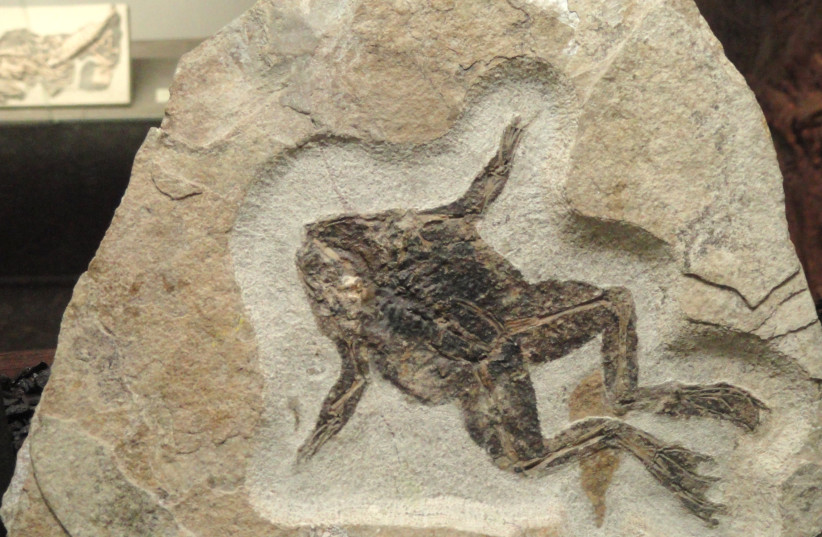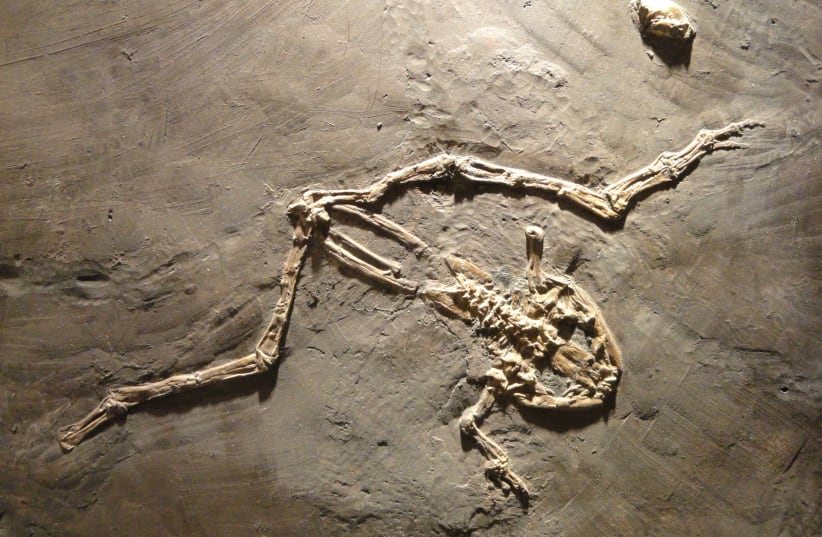By process of elimination, Irish paleontologists have concluded that hundreds of frogs, whose fossils have been discovered in an ancient swamp, died during sex, a new study has revealed.
This is not surprising, according to the study, as the phenomenon occurs quite often in frogs today.
"Female frogs are at higher risk of drowning as they are often submerged by one or more males," according to senior author Prof. Maria McNamara.
How did the paleontologists narrow it down?
The fossil frogs, located in the Geiseltal valley region of what is now Germany, reveal patterns similar to those found in fossil frogs in the way they were preserved in lake settings of the Cenozoic, Earth's current geological era which includes the last 66 million years. This, according to the peer-reviewed study published in Papers in Palaeontology and conducted by researchers from the University College Cork.
Over 50,000 ancient animals - birds, horses, bats and frogs, too - had died in the area at the time, so the region is considered much of a paleontological treasure trove of sorts. This, during the Eocene Epoch: the geological epoch lasting from 56 million years ago up until 33.9 million years ago.


The swamp at the time was part of a subtropical forest. While previous studies believe that the frogs there died when the lakes emptied out or when the oxygen in the water was depleted, the paleontologists carrying out this study believed it, rather, to have been during or after mating.
"As far as we can tell, the fossil frogs were healthy when they died, and the bones don’t show any signs of predators or scavengers – there’s also no evidence that they were washed in during floods, or died because the swamp dried up," said lead author Daniel Falk of the University College Cork.
He explained that most of the species discovered in the fossils did not live in the water but rather on land, going into the water only to breed. Therefore, by process of elimination, the researchers found that "the only explanation that makes sense is that they died during mating."
"The only explanation that makes sense is that they died during mating."
Lead author Daniel Falk, University College Cork
"What’s really interesting is that fossil frogs from other sites also show these features, suggesting that the mating behaviors of modern frogs are really quite ancient and have been in place for at least 45 million years."
Time periods in geological research are broken down into eras, within which are periods, within which are epochs.
